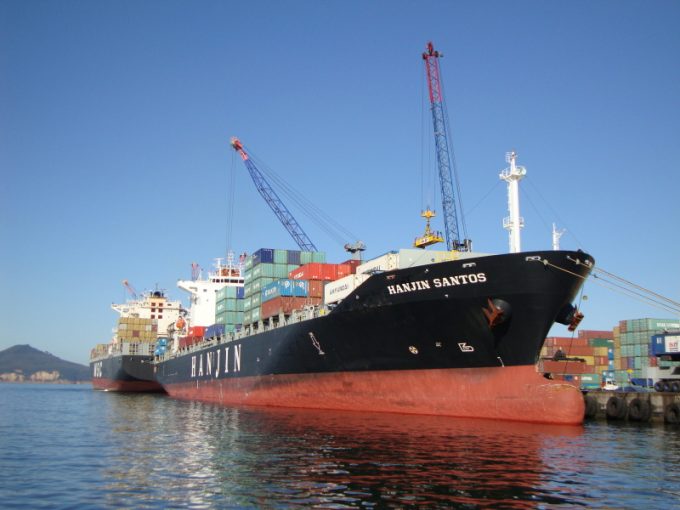Ceva top creditor as shoe company goes bust, hit by e-commerce boom
The bankruptcy of a shoe company in the US has revealed an interesting snapshot of ...

Hanjin Shipping has postponed its first meeting with creditors – owed around $26 billion – until 31 March.
The meeting was scheduled to be held at the Seoul Central District Court on Friday.
According to South Korean media reports, quoting court sources, claims registered so far have totalled more than five times the $5bn of debt Hanjin apparently had when it filed for court protection on 31 August last year.
Not all have been verified, and some could be duplications, but Hanjin Shipping is by far the biggest container bankruptcy in the industry’s 60-year history, dwarfing the crash of United States Lines in 1986.
By 10 October 2016, 3,000 creditors had lodged claims for some $800m, but this figure represented only the amount approved by the bankruptcy court at that time. Indeed, Greek containership owner Danaos, which had eight vessels chartered to Hanjin on a fixed-rate, long-term basis, said in its third-quarter filing it had submitted a claim of $598m, representing contracted revenue.
Shipowners, ship mortgage providers and container leasing companies head the list of creditors, but the sudden crash of the world’s seventh-biggest container line will leave thousands of counterparties around the world facing the prospect of seeing next to nothing back from the minimal assets of the bankrupt carrier, potentially put some out of business.
Conversely, millions of dollars of freight revenue due to Hanjin remains unpaid as shippers try to set these amounts against additional charges and delays they have suffered as a result of the sudden cessation of services.
Around 500,000 teu of cargo, valued at some $12bn, on 100 ships was stranded around the world when a stand-off between Hanjin’s main creditor, the state-owned Korean Development Bank, and parent Hanjin Group over additional funding resulted in the carrier seeking court protection.
The company is expected to be liquidated after an audit from PriceWaterhouseCoopers said Hanjin had no value as a going concern.
Meanwhile, confirmation is still awaited on the sale of its Asia-US transpacific business to South Korea’s SM Group.
Last week the SM Group said its board of directors had turned down a proposal for its subsidiary, bulk carrier Korean Line, to acquire the business from receivers, citing a “lack of experience” in the container industry and a possible “cash shortage” from the heavy investment needed.
However, a spokesperson for the SM Group said the deal could still go through.
“There is a clause stipulating that a separate corporate body can still acquire the asset when the proposal is turned down at a stakeholders meeting.”
He added that the company would “proceed with related procedures” to acquire the route.
Comment on this article